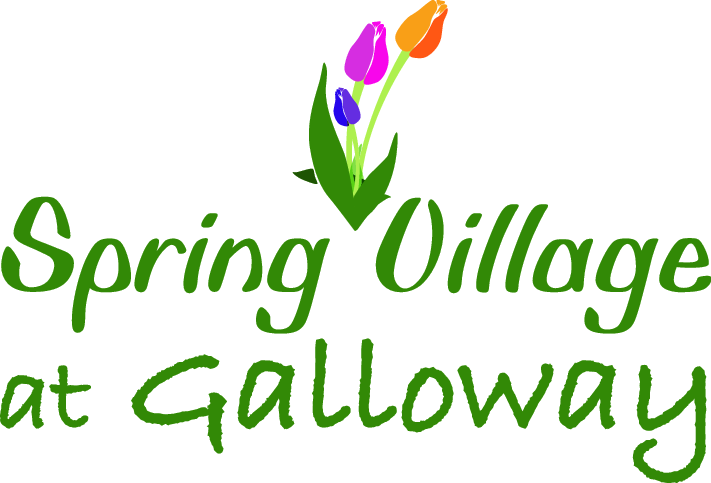How to Write a Horror Story: Unleash Your Fears on Paper
A great horror story has the power to send shivers down your spine, make your heart race, and leave you with lingering nightmares. But writing one is no easy feat. It's like crafting a psychological labyrinth, leading readers through the darkest corners of their imagination. In this comprehensive guide, we'll delve deep into the art of writing horror stories and explore the unexpected twists and turns that will keep your readers gasping for more.
Know the Horror Landscape
Before you embark on your journey to terrify and captivate, it's crucial to familiarize yourself with the horror genre. Stephen King, the master of horror, once said, "If you don't have time to read, you don't have the time (or the tools) to write." Start by immersing yourself in the works of renowned horror authors. Understand the different sub-genres, from psychological thrillers to supernatural tales. Knowing your landscape will help you navigate it more effectively.
Frequently Asked Questions About Writing Horror Stories
Writing a horror story can raise many questions, especially if you've never ventured into this spine-chilling realm before. Let's address some common queries:
I've Never Written a Horror Story. Where Do I Start?
Begin with your fears. What scares you? What keeps you awake at night? Tap into your own phobias and anxieties; they often make for the most authentic and terrifying stories.
How Do I Craft a Good Plot Twist in Horror Stories?
A well-executed plot twist can elevate your horror story to new heights. To create an effective twist, foreshadow it subtly, and make sure it's unexpected but logical within the context of your narrative.
Should I Focus More on the Story or the Characters?
Both are essential. Strong, relatable characters draw readers into your story, while a compelling plot keeps them engaged. Balance is key.
How Do I Ensure My Horror Story Stands Out?
Originality is crucial. Avoid clichés and overused tropes. Instead, aim to surprise and shock your readers with fresh ideas and a unique voice.
Do's and Don'ts of Writing Horror
Now that you have a grasp of the basics, let's explore some dos and don'ts to guide your horror writing journey:
Do: Create an Eerie Atmosphere
Set the mood with vivid descriptions and sensory details. Engage all the senses to immerse your readers in a world of dread and anticipation.
Don't: Rely Solely on Gore
Gore can be a powerful tool, but excessive blood and violence can desensitize readers. Use it sparingly to maintain its impact.
Do: Build Tension
Gradually increase the tension throughout your story. Make readers uneasy, and keep them guessing about what's lurking in the shadows.
Don't: Rush the Climax
The climax is the payoff for your readers' investment. Take your time to build it up, making it worth the suspense you've created.
Frequently Asked Questions
Q: What Makes a Good Horror Story?
A good horror story combines elements of fear, suspense, and the unexpected. It should evoke a visceral response from readers.
Q: Are There Any Universal Horror Tropes to Avoid?
Avoid clichés like haunted houses, killer clowns, and abandoned asylums unless you can put a unique twist on them. Originality is key in horror.
Q: Can I Write Horror with a Psychological Focus?
Absolutely! Psychological horror can be incredibly effective. Delve into the depths of the human psyche to create unsettling narratives.
Q: How Do I Start Writing a Horror Story?
Start by brainstorming your fears and the themes that disturb you. Then, outline your plot and develop your characters before diving into the writing process.
Final Thoughts
Writing a horror story is a thrilling endeavor that allows you to explore the darkest recesses of the human psyche. Remember, the best horror stories are the ones that leave readers gasping for breath, their hearts pounding, and their imaginations haunted. Embrace the challenge, let your creativity flow, and unleash your fears on paper.
Useful Resources: https://textilelearner.net/important-questions-for-fashion-design-students/


